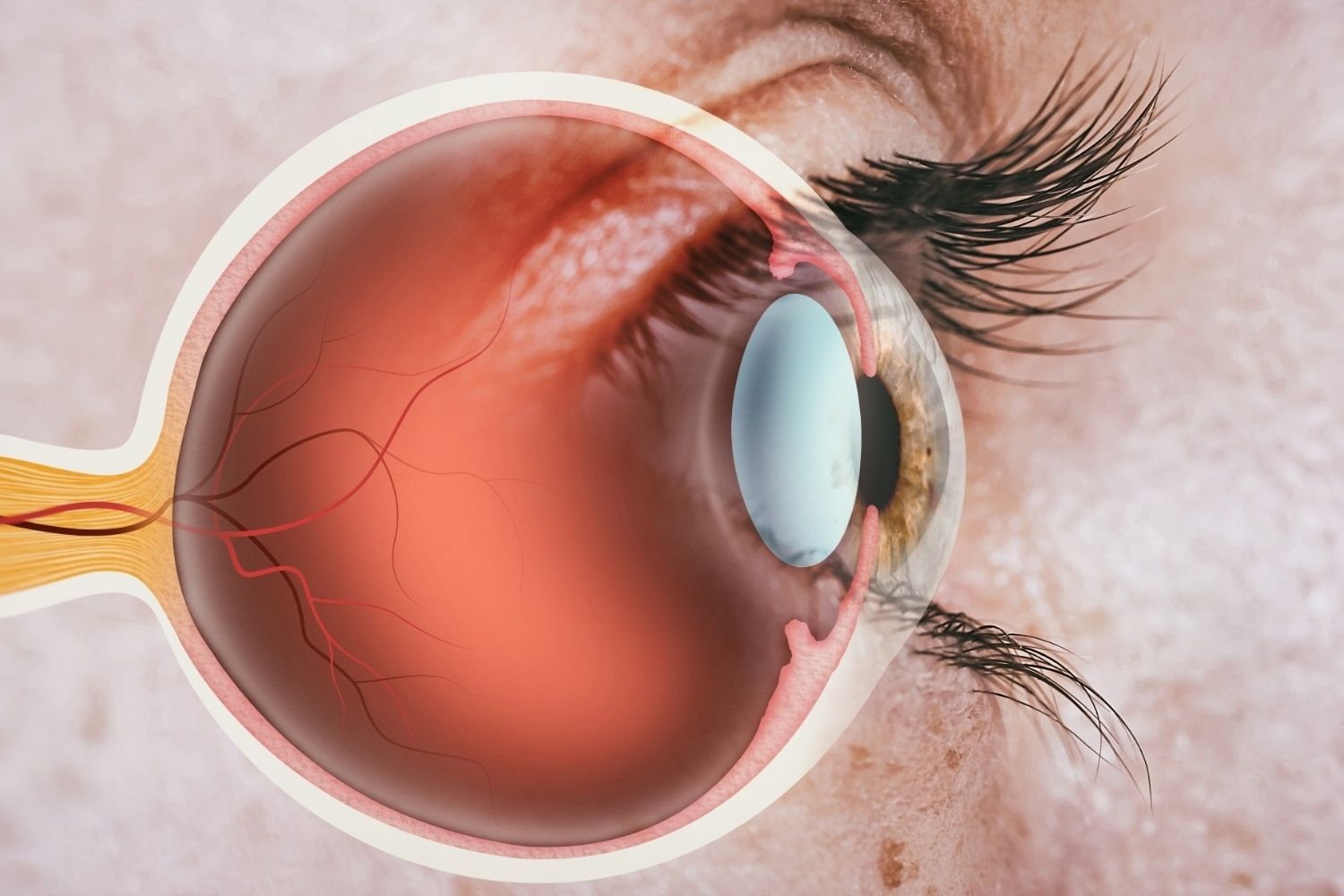
Familial Bilateral Optic Nerve Hypoplasia is a rare eye condition affecting both optic nerves, leading to vision problems from birth. This genetic disorder can cause significant visual impairment, making daily activities challenging. Understanding this condition is crucial for those affected and their families. In this blog post, we'll explore 25 facts about Familial Bilateral Optic Nerve Hypoplasia, shedding light on its causes, symptoms, and management strategies. Whether you're a parent, caregiver, or simply curious, these facts will provide valuable insights into this complex condition. Let's dive into the world of optic nerve hypoplasia and uncover what makes it so unique.
Key Takeaways:
- Familial Bilateral Optic Nerve Hypoplasia (FBONH) is a rare condition affecting both eyes, leading to vision impairment. It's genetic, may cause nystagmus and strabismus, and requires early detection for management.
- FBONH has no cure, but vision therapy, assistive devices, and parental involvement can improve quality of life. Support groups and adaptive techniques help individuals lead fulfilling lives despite the challenges.
What is Familial Bilateral Optic Nerve Hypoplasia?
Familial Bilateral Optic Nerve Hypoplasia (FBONH) is a rare congenital condition affecting the optic nerves in both eyes. This disorder can lead to significant vision impairment or blindness. Here are some intriguing facts about FBONH:
-
Congenital Condition: FBONH is present at birth, meaning it develops during fetal growth.
-
Optic Nerve Underdevelopment: The primary characteristic of FBONH is the underdevelopment of the optic nerves, which are crucial for transmitting visual information from the eyes to the brain.
-
Bilateral Impact: Unlike some other optic nerve disorders, FBONH affects both eyes, leading to symmetrical vision problems.
-
Genetic Link: This condition often runs in families, suggesting a genetic component to its development.
-
Rare Disorder: FBONH is considered rare, with only a small number of cases reported worldwide.
Symptoms and Diagnosis
Understanding the symptoms and how FBONH is diagnosed can help in early detection and management. Here are some key points:
-
Vision Impairment: Children with FBONH typically exhibit significant vision impairment from birth.
-
Nystagmus: Involuntary eye movements, known as nystagmus, are common in individuals with FBONH.
-
Strabismus: Misalignment of the eyes, or strabismus, is another frequent symptom.
-
Delayed Visual Development: Children may show delayed visual development compared to their peers.
-
MRI Scans: Magnetic Resonance Imaging (MRI) is often used to diagnose FBONH by visualizing the optic nerves.
Causes and Risk Factors
Exploring the causes and risk factors can provide insight into why FBONH occurs. Here are some important facts:
-
Genetic Mutations: Specific genetic mutations are believed to contribute to the development of FBONH.
-
Environmental Factors: Some environmental factors during pregnancy may increase the risk of FBONH.
-
Hormonal Influences: Hormonal imbalances in the mother during pregnancy might play a role.
-
Family History: A family history of optic nerve disorders increases the likelihood of FBONH.
-
Associated Syndromes: FBONH can sometimes be associated with other syndromes or developmental disorders.
Treatment and Management
While there is no cure for FBONH, various treatments and management strategies can help improve quality of life. Here are some approaches:
-
Vision Therapy: Specialized vision therapy can help maximize the remaining vision.
-
Assistive Devices: Tools like magnifiers and screen readers can aid daily activities.
-
Educational Support: Tailored educational programs can support learning and development.
-
Surgical Interventions: In some cases, surgery may be recommended to correct strabismus.
-
Regular Monitoring: Ongoing eye exams and monitoring are crucial for managing FBONH.
Living with FBONH
Living with FBONH presents unique challenges, but with the right support, individuals can lead fulfilling lives. Here are some insights:
-
Support Groups: Joining support groups can provide emotional and practical assistance.
-
Adaptive Techniques: Learning adaptive techniques can enhance independence.
-
Early Intervention: Early intervention programs can significantly improve outcomes.
-
Parental Involvement: Active parental involvement is key to navigating the challenges of FBONH.
-
Advocacy: Advocating for awareness and research can help improve understanding and treatment of FBONH.
Final Thoughts on Familial Bilateral Optic Nerve Hypoplasia
Familial Bilateral Optic Nerve Hypoplasia (F-BONH) is a rare condition affecting the optic nerves in both eyes. Understanding its genetic basis helps in early diagnosis and management. Symptoms often include vision impairment, nystagmus, and sometimes developmental delays. Early intervention with therapies and support can significantly improve quality of life. Genetic counseling is crucial for families to understand inheritance patterns and risks for future children. While there's no cure, ongoing research offers hope for better treatments. Awareness and education about F-BONH can lead to better support systems and resources for affected families. If you or someone you know is dealing with this condition, seeking advice from specialists and connecting with support groups can make a big difference. Stay informed and proactive in managing health and well-being.
Frequently Asked Questions
Was this page helpful?
Our commitment to delivering trustworthy and engaging content is at the heart of what we do. Each fact on our site is contributed by real users like you, bringing a wealth of diverse insights and information. To ensure the highest standards of accuracy and reliability, our dedicated editors meticulously review each submission. This process guarantees that the facts we share are not only fascinating but also credible. Trust in our commitment to quality and authenticity as you explore and learn with us.
